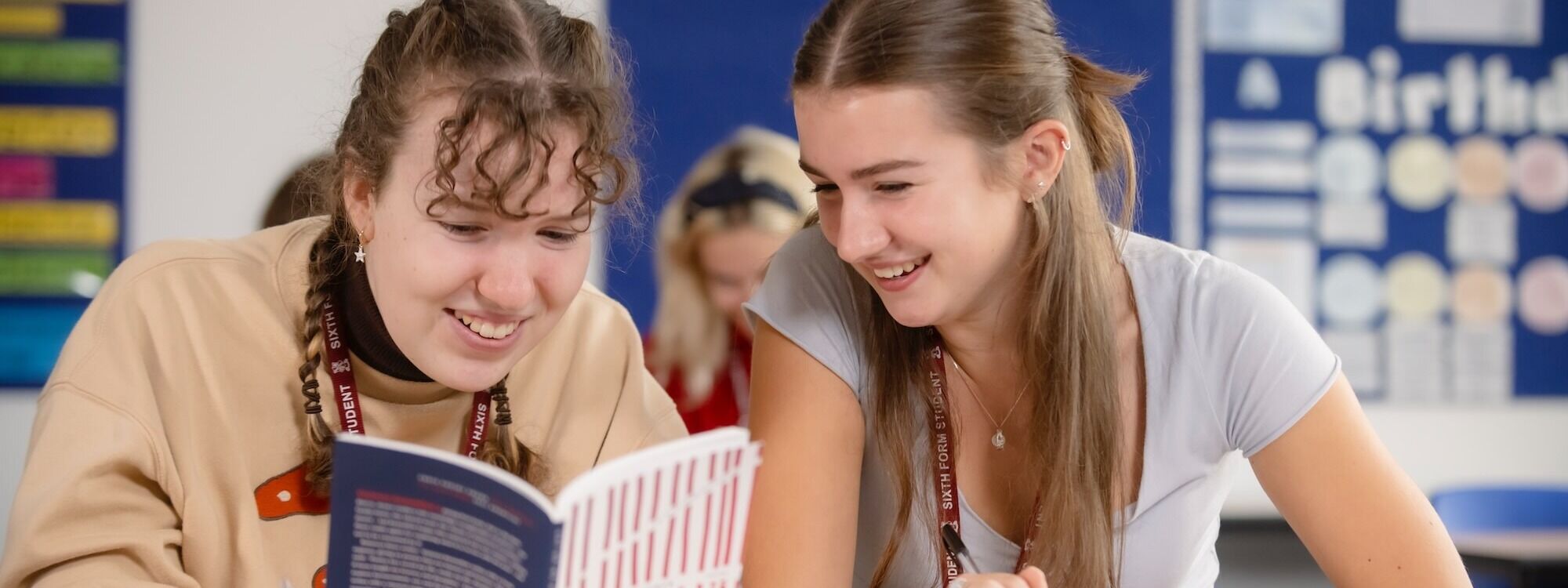
Pupil Premium
Pupil premium strategy statement – Simon Langton Girls’ Grammar School
This statement details our school’s use of pupil premium (and recovery premium) funding to help improve the attainment of our disadvantaged students.
It outlines our pupil premium strategy, how we intend to spend the funding in this academic year and the outcomes for disadvantaged students last academic year.








